The third edition of the Evia Film Project put more emphasis than ever on sustainability, which also includes gastronomic culture. Chefs and food communicators Eleni Psychouli and Ioanna Stamatoulou offered at Lagoudera, Agiokampos, a splendid demonstration of the soul that makes Greek cuisine one of the richest and most sustainable in the world. The more than 20 courses prepared by Stamatoulou were proof of the idiosyncrasy that the Mediterranean world shares when it comes to sitting down at the table, although some countries preserve it more than others or, on occasion, dispute the origin of their recipes. However, sinking a fork into the same plate as the other guests is more of an anthropological than a culinary gesture. The small plates spread around the table appeal to the sense of sight and their formation and distribution become a mosaic board of plasticity and color where green, white, and red dominate… and like an unsolvable tetrix, it challenges us to begin.
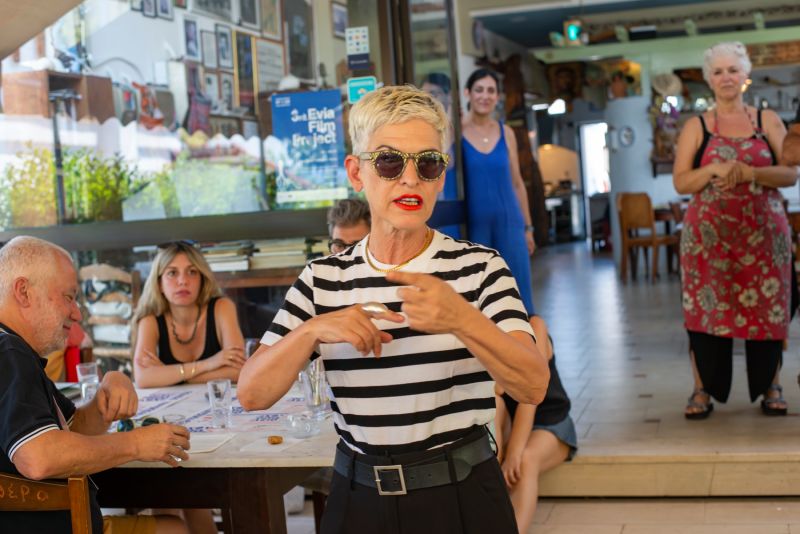
Eleni Psyhouli introduces us to the meze, Ioanna Stamatoulou in the background.
It is not only the culture of mezze, meze, or tapas that makes Greek cuisine special, which is an array of zero-kilometer products covering the entire table, starting with vegetables, pickles – tasty courgette seasoned raw, as well as the ubiquitous cucumbers – cheeses, endless kinds of olives and the indispensable tomatoes that never disappoint. At the lunch organized by the Evia Film Project, it was clear that every single ingredient in their recipes came from their garden and the sea, which the participants never lost sight of.

And what makes this gastronomy even more special is a product worthy of gods, whose properties are glossed over by Psychouli with the veneration of a priestess who does not have to make an effort to convince us. This is how tsipouro comes to the table. This typical Macedonian alcoholic beverage, little known abroad, is made from grape skins and leftover wine and is not missing on our visits to Thessaloniki. Tsipouro is drunk during the meal as if it were wine, and before serving it we will always be asked whether we want the pure or aniseed-flavored variant (the aniseed is added in the second distillation).
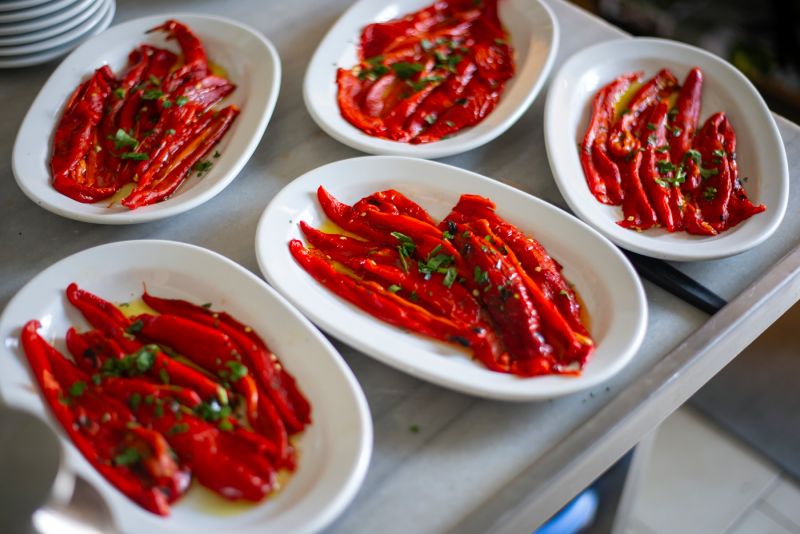
When it comes to drinking it, you can either dilute it a little with water or add ice, which in summer makes it an ideal refreshment to accompany a meze parade like the one that the expert gourmets served. Tsipouro is made from Roditis, Athiri, and Assyrtiko grapes and is distilled twice. In Crete, it is known as raki, but other islands also make very special drinks such as Mastika, from the island of Chios, where resin is used instead of aniseed. Evia, Magnesia, and Tyrnavos are at the heart of tsipouro consumption: three ancestrally connected regions, the first and second providing the fruits of the sea, while the last produces it.
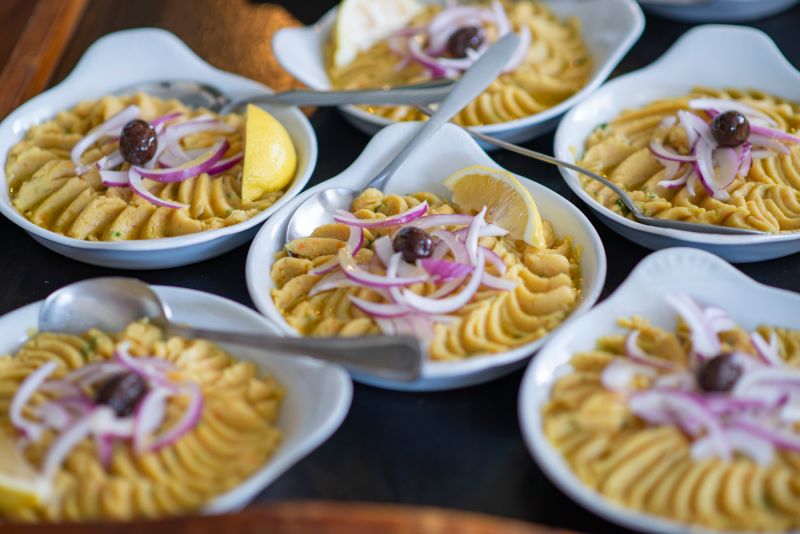
At this point, we can already perfectly imagine the Dionysian profile of a Greek meal, far from the rigid menus of starters and two courses, lunch or dinner becomes a meeting where chat and spontaneity alternate with the multiple flavors that we offer to our palate with the only order of our appetite, its attractive color, and the wild freshness of the Macedonian marc as a transition. The notion of a shared table, where dishes are placed in the middle and passed from one to the other in no pre-established order, is a Mediterranean pleasure of eternity and exuberance, connecting us to our ancestors more than an immutable recipe. Eleni Psychouli tells us about the origins of a style of eating that was born to accompany ouzo, in the kafeneion, where men relaxed after a day’s work, as an aperitif before dinner, a custom brought by refugees from the lands of Asia Minor. In Greece, it was accepted with enthusiasm, gradually transforming these tapas into a copious and dosed full meal.
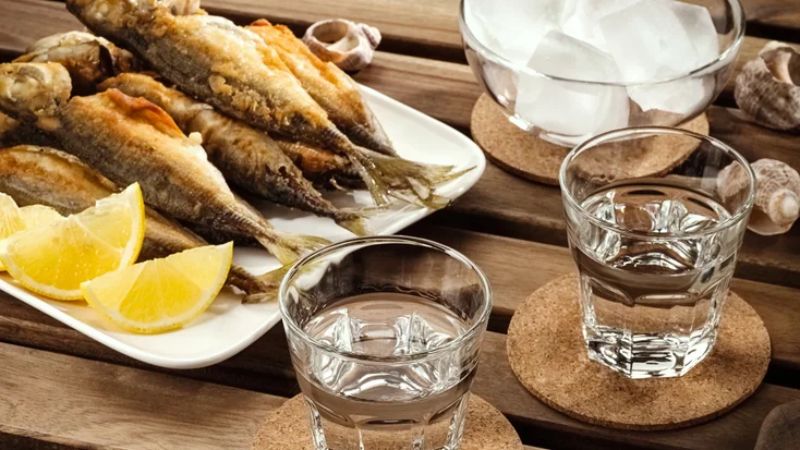
The simplicity of the food offered to our eyes is impressive because the luxury of the flavor that comes from the purity of its origin means that a piece of cheese, an open tomato, a sardine, or the stew of the day is enough with its pedigree and a good splash of olive oil, which turns vegetables, vegetable purées, salads of two or ten ingredients into a feast. Land and sea combined, raw, salted, roasted, smoked or braised.

Meze is the apotheosis of humility at the table and a symbol of the Dionysian spirit, the pleasure of living served on small plates, in company, adaptable to all economies, far from formalities, and ready for improvisation. As Psychouli says, it is the answer from the depths of time to the tribulations of modern gastronomy. Meze means sustainability and local produce, from the garden, the farm, or the sea to the plate, respecting seasonality and repudiating waste. Stin ygeia mas!

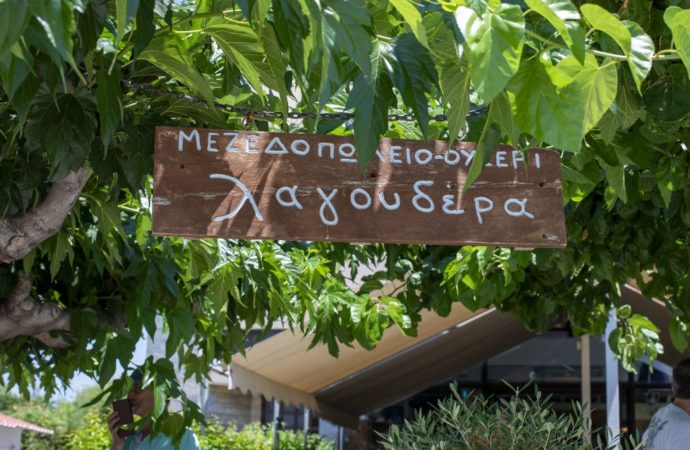






No one has posted any comments yet. Be the first person!